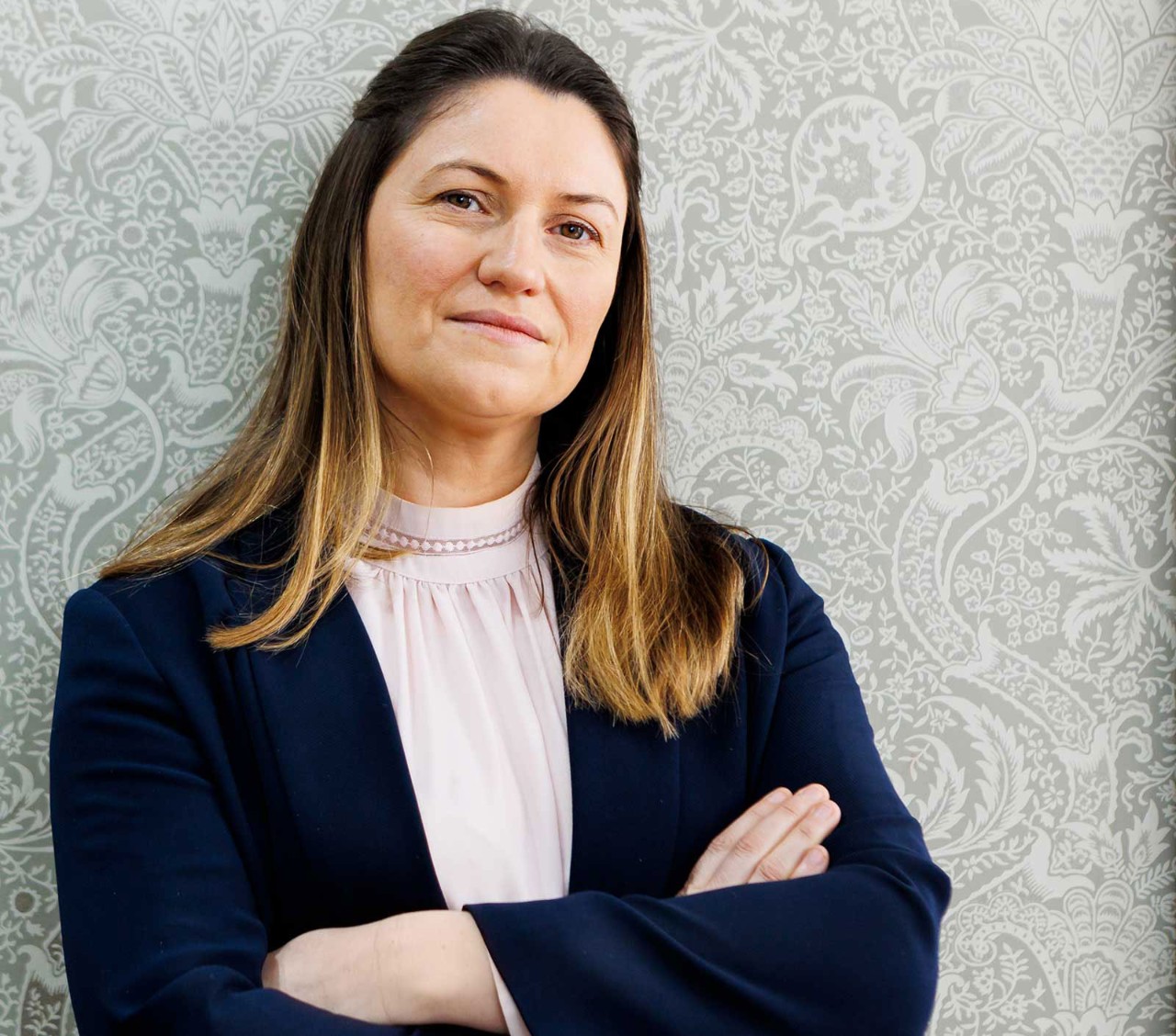
When Mr Bates vs. The Post Office, the ITV dramatisation of the Post Office’s Horizon IT scandal, hit UK screens earlier this year, one of the key figures to emerge was Kay Linnell, an insolvency practitioner, forensic accountant and former regulator who helped to support hundreds of sub-postmasters.
Linnell’s concerns, however, did not stop with the case, which in 2019 won 555 wrongfully accused sub-postmasters a payout of £58m in the High Court. She has since argued that lessons should be drawn from the scandal for insolvency practitioners. In short, Linnell claims that they should examine more closely whether a claimant is a genuine creditor before pushing ahead with an insolvency procedure.
More rigorous testing of Post Office claims could have prevented some sub-postmasters from facing claims
‘The role of the insolvency practitioners should be to test the claim of any creditor and verify it with independent means, before they accept that creditor as having votes in the insolvency,’ says Linnell.
More rigour
Her comments come as a public inquiry continues into how more than 900 sub-postmasters were wrongly prosecuted for fraud based on data from the Horizon accounting system. Horizon was used in post offices from 1999 to 2015 and, despite years of concerns, flaws in the software were not fully acknowledged until 2019 when the 555 won their case.
Linnell believes that more rigorous testing of Post Office claims could have prevented some sub-postmasters from facing Post Office claims, possibly even bankruptcy.
The Insolvency Service says it is ‘aware’ of 102 bankruptcies among the hundreds of sub-postmasters currently claiming government compensation.
Matter of proof
Handling these bankruptcies may have proved challenging for insolvency professionals, though. Provisions in the Insolvency (England and Wales) Rules 2016 say that trustees can ask for proof of a creditor’s claims and ‘may admit or reject a proof’. The trustee must offer an explanation if a claim is rejected.
Linnell says that even if a sub-postmaster had used a company structure that has become insolvent, insolvency practitioners should have tested creditors’ claims. In some instances this may have involved challenging the Post Office to return records taken from sub-postmasters.
There was an ‘awful lot of hindsight’ in the argument that insolvency practitioners should have done more
‘The first thing they should do is seize the books and records of the company. If the Post Office had strolled off with them, they [insolvency practitioners] should get them back,’ says Linnell, who is not aware of any creditor claims by the Post Office being rejected.
Unfair criticism?
Not everyone agrees with Linnell. One insolvency practitioner told AB that there was an ‘awful lot of hindsight’ in the argument that the profession should have done more.
Bankruptcies, he says, are taken on by the official receiver and, if there are assets to recover, it is then handed to the private sector insolvency practitioners. ‘Once you get handed a bankruptcy by the official receiver, you are totally dependent on the information that the official receiver hands over,’ he says.
Paul Davis, president of the Insolvency Practitioners Association, makes a similar point, although about an earlier stage in the process: if a sub-postmaster were to go through bankruptcy, it starts with a petition to the courts. Claims information is included in proceedings whether the bankruptcy begins with a petition from an insolvent individual or a creditor.
‘If we do more work, it’s going to cost more’
‘The problem is that it’s a court-driven process,’ says Davis. ‘There wouldn’t be much checking of validity of claims if it’s been through a court. There are judgments every day of the week in court and you would expect the court to have scrutinised it [the bankruptcy].’
Narrow margins
Placing the onus on insolvency practitioners to undertake exhaustive due diligence runs up against another problem: costs. Most bankruptcies attract modest fees for insolvency professionals due to there being few assets to liquidate. Adding detailed work to validate creators’ claims could run up further costs. That could raise questions about the returns for creditors and fairness to debtors. ‘If we do more work,’ says Davis, ‘it’s going to cost more.’
If those subject to an insolvency procedure feel that the creditor has no claim, Davis says, they should push that argument to insolvency practitioners with all the evidence they believe relevant. ‘That would alert me to carry out a bit more scrutiny than otherwise,’ he says, pointing out that this is part of the process of an insolvency professional exercising fairness and balance in their treatment of a debtor.
For most of the debtors, the only asset left was a right to pursue the Post Office
Those sentiments are echoed by Neil Dingley of Moore Recovery in Stoke-on-Trent, an insolvency practice that became trustee in bankruptcy to 34 sub-postmasters who were part of the 2019 ruling that saw a judge describe the Horizon accounting software at the heart of the scandal as containing ‘bugs, errors and defects’.
For most of the debtors, the only asset left was a right to pursue the Post Office. As trustees, Moore had control of that asset but handed it back to sub-postmasters under an agreement that, if they won, the proceeds would be split 49%/51%.
Moore had to wait five years for that arrangement to come to fruition in the 2019 high court victory. Davis sees the firm’s decision-making as a result of the ‘fair and balanced’ treatment of the debtors.
While there were other options for Moore, it saw the route it took as the right course of action. ‘I don’t think there was ever a point in time that we did not consider that was the right thing to do,’ says Dingley.
There is much to discuss in terms of accounting and governance as a result of the Horizon scandal. The inquiry will reach its conclusions in due course. But the Post Office’s role in so many bankruptcies also raises questions about the relationship between insolvency professionals and powerful creditors – questions that will no doubt be debated for some time.



